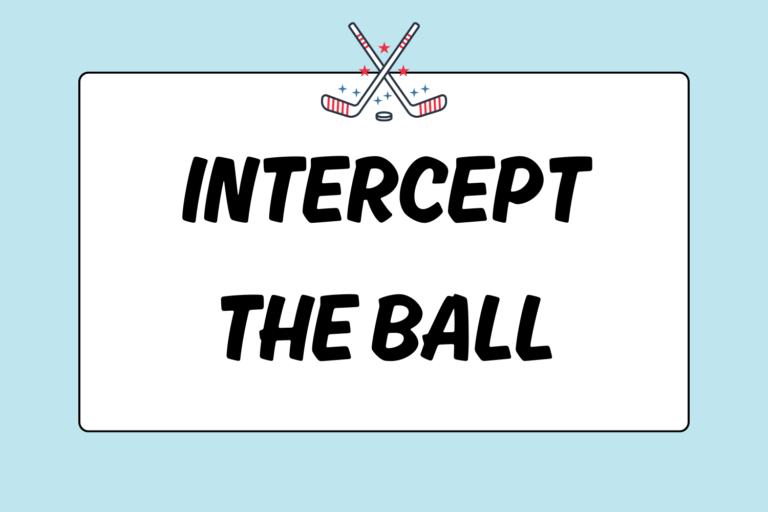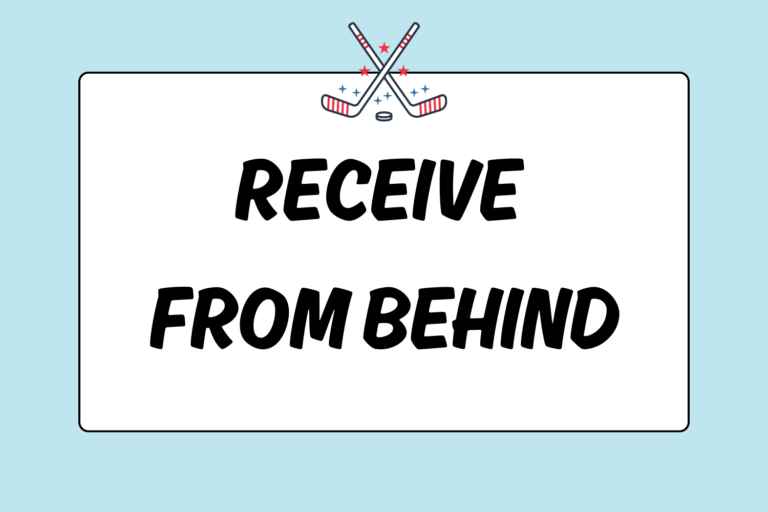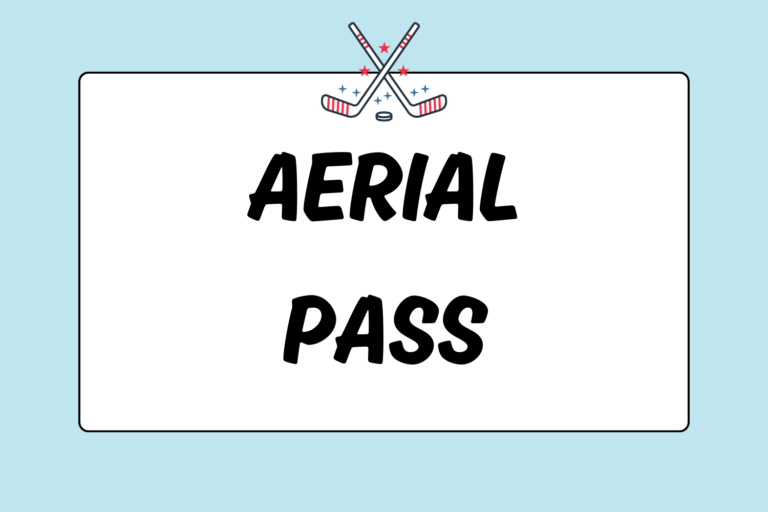It can get be frustrating, to say the least, to watch your team receive penalty corner after penalty corner, but not score. If this is happening, something just isn’t clicking and it’s time to switch things up.
The tried and true play of hitting the ball to the top of the circle for a direct shot on goal can only take your team so far. Once the other team realizes who your hard hitters are, they’ll have a rusher on them at all times. This is when specialty (set) plays come in.
At the more advanced levels, the basics just won’t cut it. Your team needs to have at least three set plays at their disposal to use during the game. Listed below are a few ideas to get your team started.
The Setup
Before every short corner, have your entire offensive team meet at the top of the circle to agree on a play. The team will have only six seconds to meet before the referee will call a “delay of game” penalty.
You’ll want to make sure that every member of the team is aware of the intricacies of the play (including the defense), so dedicate time to run through each play during practice. This will help the players set themselves up accordingly come game time.
The play should be completed quickly and efficiently. The goal is to beat the rusher and force a new shooting angle on the goalie, and your team wants to do this before the defensive team gets back from the center line. If a set play is too complicated or takes too long, it will give the remainder of the opposing defensive team time to run back and mark your players. Keep the plays short and simple.
There should be seven or eight players positioned on the offensive circle during a short corner. Listed below are sample positions, but they may vary depending on preference:
- An injector
- A player positioned to the right of the injector
- A hitter
- A stopper
- A backup (to the stopper)
- A player positioned at the top (generally towards the right) of the circle
- A player positioned to the right of the player at the top of the circle
- A post player (the last player on the circle, positioned closest to end line)
Please see our guide, “Offensive Penalty Corners in Field Hockey,” for complete instructions on basic setup and positioning.
Hot Tip: Name Your Plays
Name your set plays or assign them numbers. This will make them easier to remember. You can also let your players name them as part of your team bonding!
Slip Left
The setup of this play is simple. Two hitters position themselves to the left of the stopper, standing a few feet apart. Both will be ready to take the shot with their sticks already up in the backswing position. Listed below are the steps to perform the slip left:
- The injector will send the ball to the stopper.
- The stopper will trap the ball and push it to her left, towards the inside the circle.
- The hitter standing closest to the stopper will fake the shot by stepping to the ball and bringing her stick down for the swing. Instead of hitting the ball, she’ll step over it and purposely miss it, letting the ball go through her legs.
- The second hitter will wait until the ball passes through the first hitter’s legs, and then take a shot on goal.
The advantage of this play is that the rusher must cover the first hitter (in case she takes the shot) and the goalie must cover the initial shooting angle. If done right, the goalie will react to the first hitter’s swing before even realizing the hit is coming from the second player. This strategy will help the hitters beat the rusher and goalie by creating that second shooting angle.
Slip Right
This play can be called if the rusher is too fast for the hitter to get her shot off. To teach the slip right, your players will follow these steps:
- The stopper will trap the ball and the hitter will pretend to take the hit.
- At the last second, the hitter will push the ball to the player positioned at the top of the circle.
- That player will then take a direct shot on goal.
This play can also be modified by having the hitter slip (push) the ball right, and then having the second hitter push the ball back to the first hitter to take the shot. This is basically a give-and-go around the rusher. It also gives the hitter a closer shot on goal. Pushes are used to both pass and shoot because they are accurate and are quickly released. Pushing also forces the goalie to work harder to clear the ball because hard shots bounce easier off the pads.
Pass to the Injector
You can also use your injector! She is positioned closest to the goal and can get to the post the fastest. To complete this play, your players will assume the following roles:
- The injector will pass the ball to the stopper, and then run towards the near post.
- The stopper will trap the ball.
- The hitter will hit wide at the goal, towards the post closest to the injector.
- Meanwhile, the injector will stand ready to deflect the hitter’s shot into the goal.
This play works well because the goalie is generally set up in the middle of the goal to block the straight shot. The remaining defenders are also outnumbered and cannot cover every player. When the injector eventually receives the ball, she only has to touch it once to redirect it into the goal. In addition, deflection shots are extremely hard for the goalie to stop. So unless a defender is marking the post, this should be an easy tap-in goal.
Switch Things Up
It is very easy to defend against a static team that uses the same hitter, same plays, and adds no variety to its corners. By keeping the defense guessing, you can teach your team to can create more confusion in the defensive zone. As a result, you’ll see more successful corners.
You can create your own set plays, as well! Don’t feel limited to the ones you find online or have used in the past. The best way to create your own plays is to evaluate individual skills on your team. Figure out who plays well together; who the strongest hitters are; and who has strong reverse hits. By creating strategies with your team’s individual strengths in mind, you can bring out the best in your players. When you’ve figured out your perfect play, you’ll know because everything will just click.





